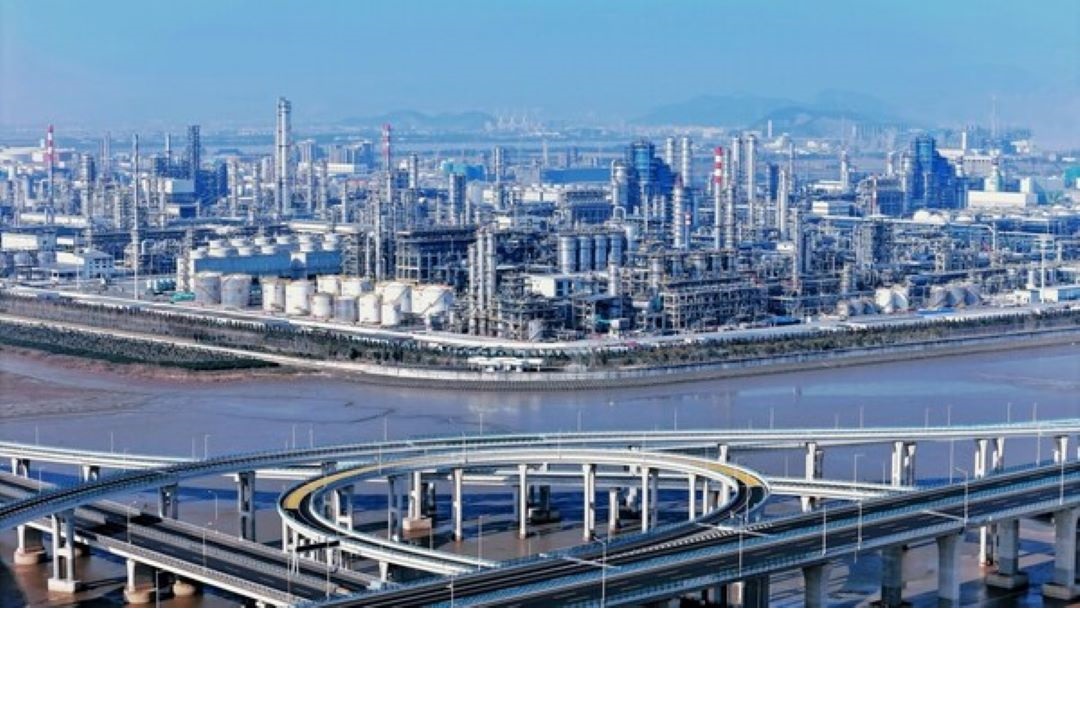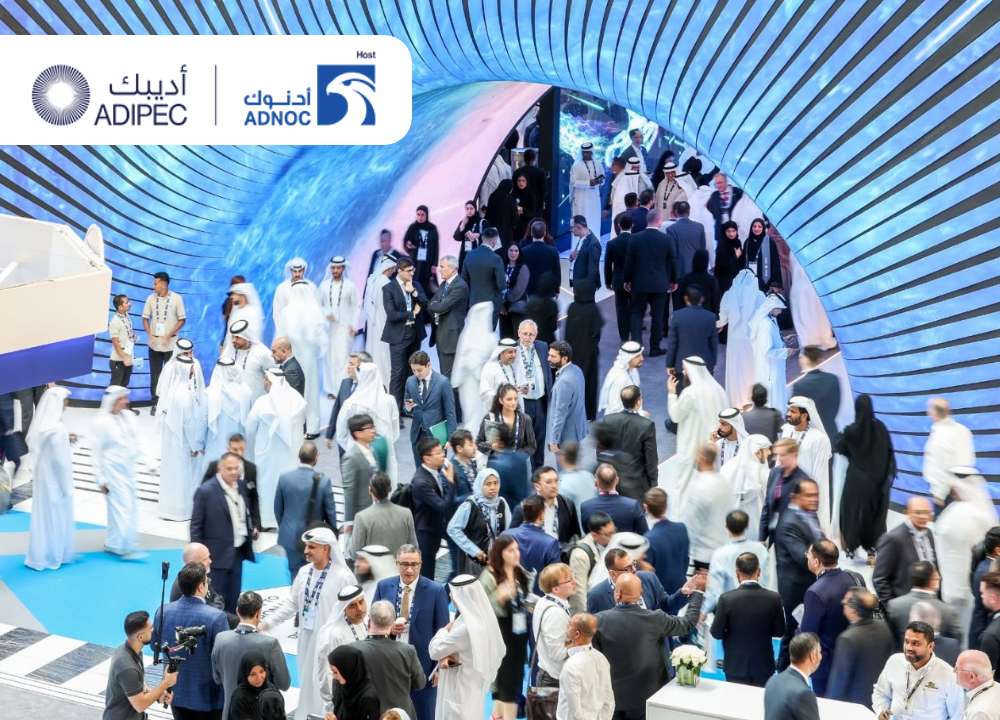China Petroleum & Chemical Corporation (Sinopec) has officially started generating power at the country’s first floating solar project built in a full-seawater setting. The project, developed in collaboration with Shandong Province and the city of Qingdao, represents a major step in applying solar technology offshore and adds to Sinopec’s growing renewable energy portfolio.
Combining earlier pile-based installations, this is now Sinopec’s largest floating solar station. The facility is expected to produce 16.7 million kilowatt-hours of clean energy each year and cut carbon emissions by 14,000 tonnes. The project is seen as a prototype for deploying solar in near-shore and shallow sea environments across China.
Spanning about 60,000 square meters, the system is designed to generate 7.5 megawatts of power. Unlike conventional installations, the panels here float and adjust with the tides, bringing them closer to the water’s surface—only a tenth of the height required by pile-based structures. This configuration takes advantage of natural seawater cooling, boosting energy output by an estimated 5–8%.
To enable viable offshore deployment, Sinopec implemented three key design enhancements aimed at improving durability, stability, and efficiency. First, the use of corrosion-resistant materials ensures the floating structures can withstand harsh marine conditions, such as salt spray and biofouling, thereby extending their operational lifespan. Second, the adoption of an advanced submerged mooring system enhances platform stability against strong winds and shifting tides, while also reducing construction costs by approximately 10% compared to conventional anchoring methods.
Additionally, Sinopec improved the platform’s overall accessibility by strategically positioning equipment closer to the water level. This layout facilitates safer and more efficient inspections and maintenance, ultimately reducing ongoing operational expenses. Together, these upgrades not only strengthen the structural integrity of offshore platforms but also contribute to long-term cost-effectiveness and reliability.
This offshore solar project is the latest in a string of energy transitions led by Sinopec, following earlier milestones like China’s first carbon-neutral hydrogen fueling station and its large-scale seawater hydrogen production facility.
The floating station also plays a strategic role in Sinopec’s broader clean energy push—supporting green hydrogen production using solar power. Looking ahead, the company plans to scale up operations with a larger 23-megawatt floating solar site, reinforcing its contribution to low-carbon energy development.
Sinopec, formally known as China Petroleum & Chemical Corporation, is one of the world’s largest integrated energy and chemical companies, headquartered in Beijing, China. Operating across the entire energy value chain, Sinopec engages in oil and gas exploration, production, refining, marketing, and distribution, as well as the manufacturing of petrochemicals and other industrial products.
Renowned for its significant role in the global energy sector, Sinopec is also actively pursuing initiatives in sustainable energy, including renewable energy projects and low-carbon technologies, to support China’s goals for carbon neutrality. With a robust presence in both domestic and international markets, Sinopec is a key driver of energy innovation and infrastructure development.







